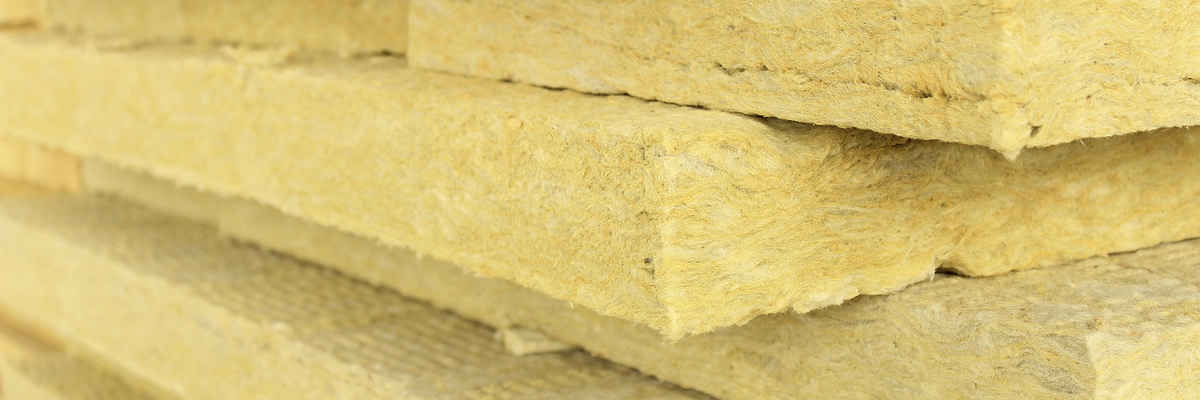What are the benefits of residential insulation?
To prevent the loss of heat. It reduces costs by saving on fuel costs for heating (and cooling). Colder (colder) air also moves to warmer spaces so it inhibits extreme temperatures in any one area. And last, but not least, insulation helps maintain comfort levels by reducing drafts and preventing screens from being too cold or hot so you can feel more comfortable inside your home .
Why is residential insulation so important?
Because it allows you to use less energy, and keeps the house cool during summer and warm during winter. It also prevents drafts inside your home or office thus creating a more comfortable environment.
Where can residential insulation be used?
You can install residential insulation in ceilings, walls and floors. Ceilings and walls tend to be insulated with blown-in fiberglass while floors are more often left as they are since people don't walk on them very often (and therefore there isn't much damage done over time).
Who should consider residential insulation?
Anyone living in an older home should definitely put residential insulation at the top of their list! Older homes don't have as much or any insulation in them which means they lose heat during the winter months and are too hot during the summer. This not only costs you more money, but it can also be very uncomfortable.
Where residential insulation is installed?
Residential insulation is installed mostly in walls, floors and ceilings inside homes, offices or other buildings. There are two most common types of residential insulation: Blown-in (fiberglass) and rigid board (polystyrene). They both help insulate your home by blocking out drafts, cold/heat transfer between exterior to interior areas. However blown-in residential insulation is best for attics while rigid board residential insulation works well on the exterior of your house.
Call Now - (707) 562-0911
Get Your Free Quote!

How does residential insulation work?
Home insulation works by trapping air. Air is created from the mixture of nitrogen, oxygen and inert gases such as argon and methane. When a warm substance meets a colder substance it creates heat energy as it transfers thermal energy to the cold place (in this case, the cold place is inside your home), so by trapping its own inner air, your insulation prevents any lost thermal energy from escaping through your house's walls or ceiling, thereby keeping you warm.
The word "insulate" comes from "in sultum ire", which means to seal up. If you want to continue to trap away body heat for later use (which means that you're not contributing to global warming) then you'll need both an insulator like fiberglass and an air barrier. Heat finds any opening and creates a draft, which is why you need insulation in the walls, ceiling and on the outside of your home.
While residential insulation can be done with fiber glass batting, blowing cellulose or foam into exterior walls is often considered to be the best idea for residential insulation. Not only are you creating better thermal barriers that will save money, but you're also reducing noise levels by preventing it from entering into your home. There are different types of residential attic insulation to choose from as well. Let's take a look at what they are below:
An attic truss space is not insulated itself because heat rises, so adding residential insulation between trusses is always a good solution. If your residential roof is not on trusses, you can create ventilation channels by installing rigid insulation boards between the rafters. Although residential insulation feels like a pretty good idea (especially if you live in colder climates), air sealing can be equally important to make sure that it works correctly.
If any colder air finds its way into your residential building envelope, then all of your hard work will be spoiled. This means that you'll need to seal off any drafts either with caulk or spray foam insulation before using residential insulation to save energy and get heat where it's needed most. By combining residential-caulk-sealants, fiberglass batts and spray foam in exterior walls or in attic spaces, homeowners can expect dramatic reductions in their residential heating bills.
What's great about residential insulation is that it can be extended to your walls and ceilings, both of which are usually the least insulated areas in homes. If you have a concrete floor, then residential insulation can be used under concrete slabs as well. Be sure that the installer uses 100% recycled glass or cotton materials for residential insulation because you not only want it to work just fine, but you also want to help protect our environment at the same time by reducing energy usage and carbon emissions.
Call Us Now - (707) 562-0911
